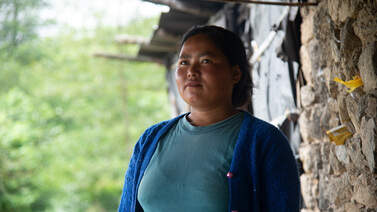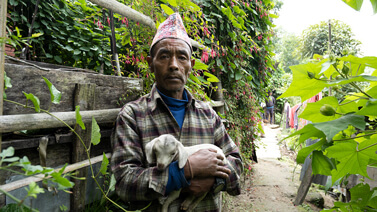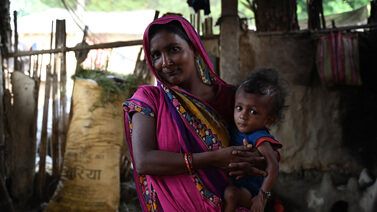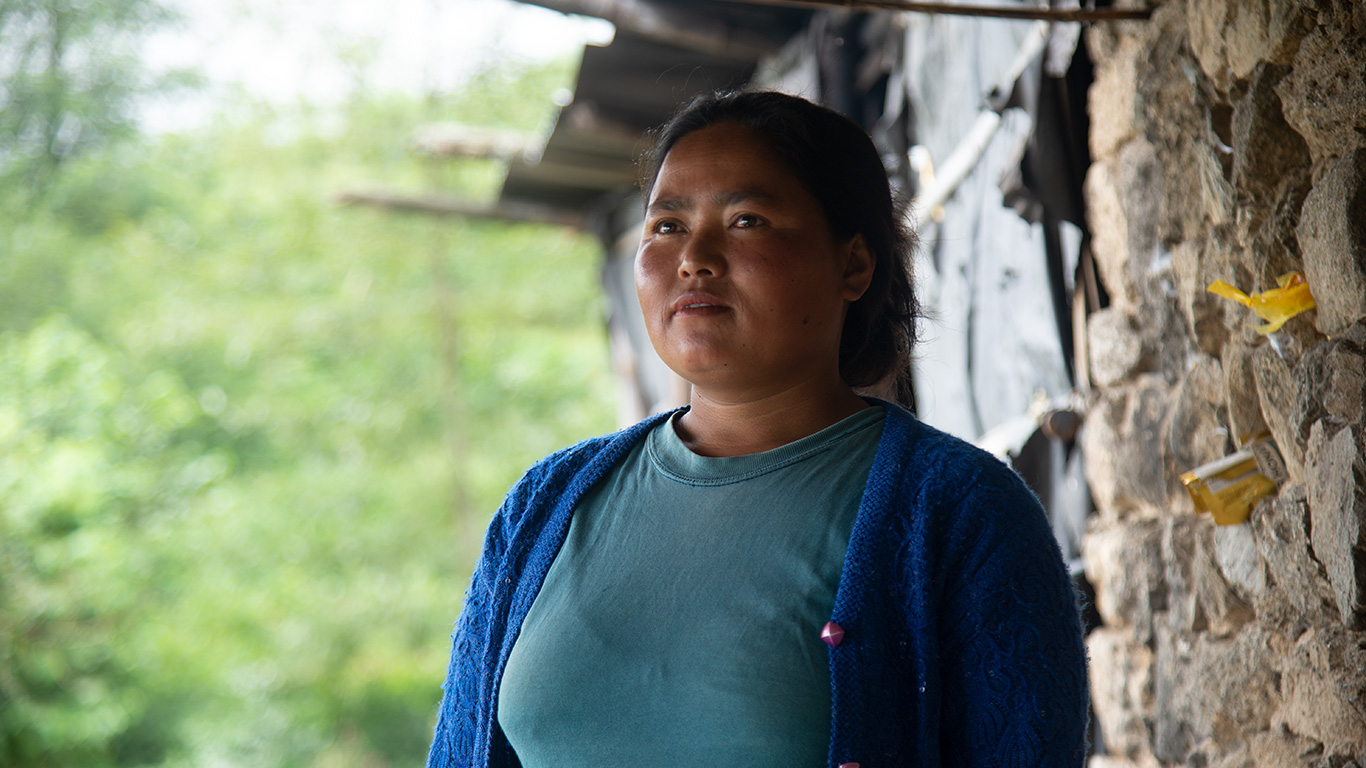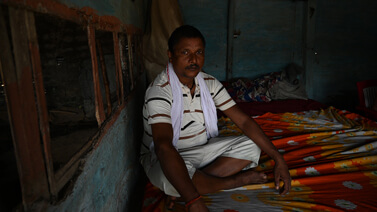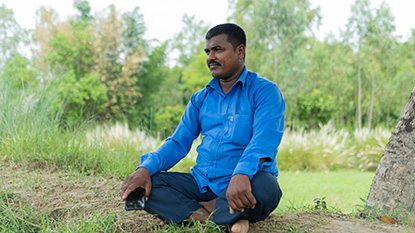My parents were farmers who had to fight floodwaters all their lives. They had to save their children first and then the things they needed the most to carry on with their lives as the waters receded. Each household had to go through a similar struggle during the flood season. And nothing has changed in these recent decades. In fact, the situation has worsened. You see, our community is in the red zone and every flood season, every house gets inundated. All we have done is to watch our possessions perish.
Last year, when there was flooding, we endured a similar fate of loss and hopelessness. I think we have reconciled ourselves to the fact that life is going to be like this for us. Even though embankments have been built, they are weak and the excess water easily flows into our homes.
Two years ago, there was a big flood. I was in the village. I had received information an hour before the floodwaters entered the village. I remember running to every house and telling everyone to be alert and save what they could. But when I returned to my own home, everything was already flooded. Families lost their homes, cattle, paddy, and their stored grains that year. I had then thought of having a warning system which would give us time and help evert such a tragedy.
Before the Community-Based Flood Early Warning System (CBFEWS) was in place, a person would be hired to monitor the river during the monsoon. He would inform the people if he saw a rise in the water level. But most of the time, it would be too late. Before he could alert everyone, the floodwater would have already entered the village.
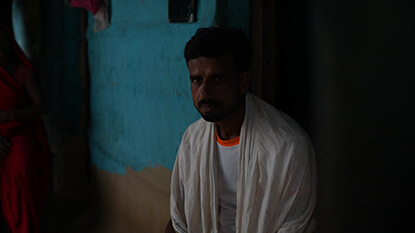
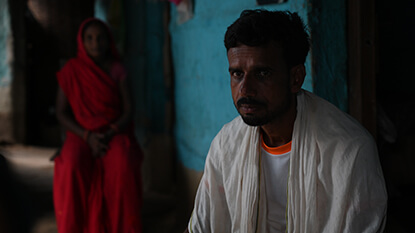
Let us take case of the villagers of Kabilasa on the banks of the Ratu River. Earlier, there was no flooding there and the villagers felt safe. But now, the river has eroded hundreds of acres of land and rendered the earth barren and full of sand. My own neighbours have lost at least seven–eight hectares of farmland. The river now flows on land that was once cultivable. It is evident that every year the river is in spate. And every year because of the river, people are becoming landless and homeless.
No active measures have been taken by the local government to prevent this loss. But upon persistent requests from myself and other locals, the authorities have invested 60 lakh (Nepali) rupees for the construction of embankments in certain flood-prone places.
It is very clear to us that the major problem of our village is floods. If the embankments are strong and well maintained, it would solve most of our problems. I feel once these embankments are completed, we should form a committee to monitor them regularly.
Every time there is a flood, we see relief items arriving in trucks, but these last only for a week. Of course, it helps, but that is not the larger solution to our problems. What we need are policies that address the problems caused by climate and floods. What we need is assurance that our lives also have value and we will be protected when such disasters occur.
The CBFEWS is definitely a positive step. It buys us time. If we receive information two–three hours before the floodwaters enter the villages, we can then hurry and move to safer ground. We can then wake up our toddlers, carry our parents, and gather our belongings and transport them where the waters won’t reach.



